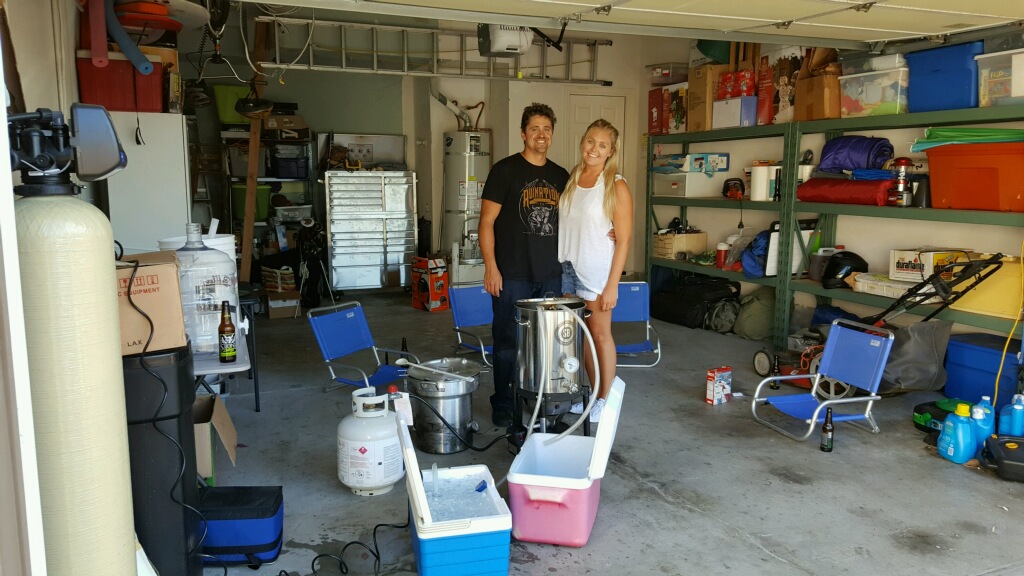I've done three batches so far, and my method so far has been to let my wort cool overnight, in the covered kettle, for about 24 hours until it's down to a reasonable temperature. It works OK, my beer is definitely drinkable, but I worry about infection and since I like to brew hoppy styles, I think a wort chiller is in my future.
The problem is, I really can't justify using 40 gallons of water to cool my wort with a cheap or DIY chiller. I've thought about using some sort of aquarium pump system to pump icewater through a chiller and back into the ice bucket, but that uses a ton of ice apparently. The Hydra is expensive, but IMO using significantly less water is worth it.
Are there any options I'm overlooking?
The problem is, I really can't justify using 40 gallons of water to cool my wort with a cheap or DIY chiller. I've thought about using some sort of aquarium pump system to pump icewater through a chiller and back into the ice bucket, but that uses a ton of ice apparently. The Hydra is expensive, but IMO using significantly less water is worth it.
Are there any options I'm overlooking?







![Craft A Brew - Safale S-04 Dry Yeast - Fermentis - English Ale Dry Yeast - For English and American Ales and Hard Apple Ciders - Ingredients for Home Brewing - Beer Making Supplies - [1 Pack]](https://m.media-amazon.com/images/I/41fVGNh6JfL._SL500_.jpg)


















































